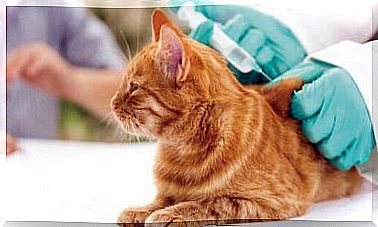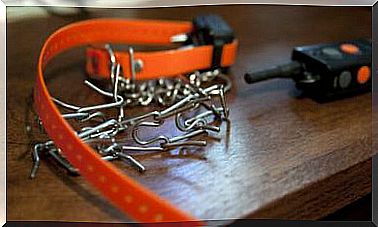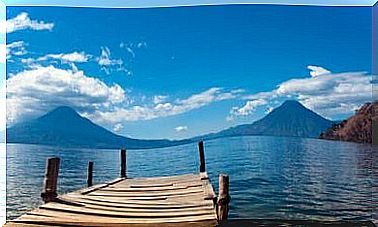Current Situation Of The Short-tailed Albatross
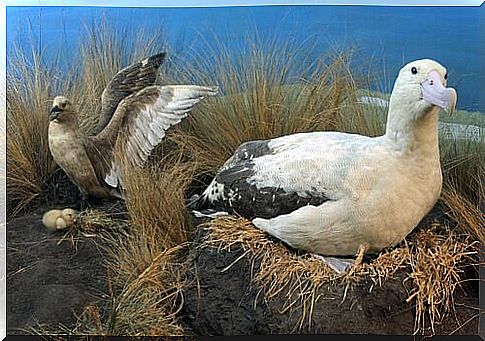
The short-tailed albatross is a medium-sized bird known for its large pink beak.
In this article we will inform you about some characteristics of the short-tailed albatross , and we will also talk about its current situation.
Characteristics of the short-tailed albatross
Its scientific name is Phoebastria albatrus : it can measure about 90 centimeters in height and weigh approximately 10 kilos when it is an adult.
The short-tailed albatross changes color according to age, since at birth and while it is young it has a blackish brown plumage but, when it becomes an adult, the feathers tend to be white and golden.
Both the neck and chest are beige and is eye catching with its huge square pink beak. One way to identify the age of a specimen is to look at the beak, as older ones have a bluish border.
As for nutrition, the short-tailed albatross mainly includes squid in its diet and, to a lesser extent, shrimp, flying fish roe, small fish and crustaceans. Populations have been found following the fishing boats to feed on the waste and fish remains that are thrown into the sea.
Another interesting aspect of their behavior is that they congregate in colonies once a year, only to hatch and hatch the one egg each pair of albatrosses gives birth to.
This happens for more than two months. Adults can procreate after five or six years of life.
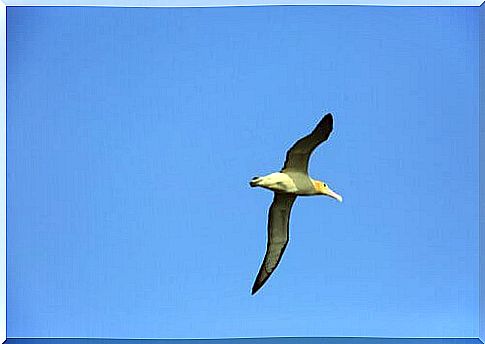
As for its distribution, it is worth remembering that this bird nests in Torishima (Japan) and in the Senkaku and Minami-Kojima islands, respectively in China and Japan.
The territories in which the short-tailed albatross inhabits include the North Pacific Ocean, although it is also present in eastern Russia and even Alaska.
Past, present and future of the short-tailed albatross
The boom in albatross feathers began in the late 18th century when they became very popular in both North America and Europe. The industrial revolution did its part by marketing garments and accessories made with albatross feathers.
Among the qualities of the feathers of this bird it is possible to emphasize that they are light, repair well and do not allow water to pass through the head. Therefore, they were mainly used for coats or quilts: just think that, for the preparation of a blanket, more than a kilo of feathers were needed.
Taking into account the fact that the feathers of each adult specimen do not exceed 20 grams, numerous birds were killed just to produce one.
Commercial hunting of the short-tailed albatross in Japan began around 1885. The Tamaoki company was in charge of exporting the feathers, and when they realized that there were hardly any birds nearby, they decided to make their way and also catch those who lived on the neighboring islands.
Other companies have done the same on the Hawaiian Islands. Criticism of how the Japanese killed these birds soon reached the ears of buyers and governments.
In 1903 the Hawaiian authorities banned hunting in the area and even declared this bird a marine national monument.
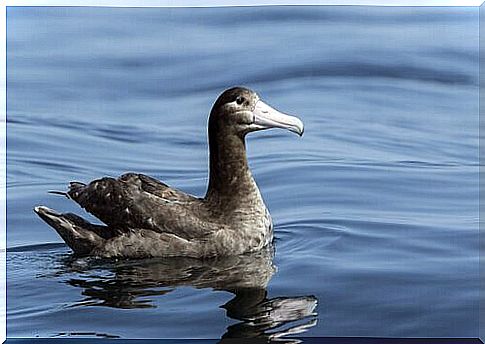
An endangered species
However, they continued to hunt short-tailed albatrosses to other latitudes. In 1930 only 2000 specimens remained in Japan and the species was declared endangered. Thanks to the director of the Yamashina Ornithological Institute, in 1933 the island of Torishima was declared a sanctuary, which prevented its massacre.
In 1958 this island began to be studied by researchers and, of course, its main inhabitant, the short-tailed albatross, was also studied.
Since 1981, the Tokyo government has carried out various activities in search of this wonderful bird, which has allowed greater reproduction in the area.
But once again the species was declared endangered because the human presence in the region did not allow these birds to reproduce as they should have. Thanks to a special technique of “carved” wooden birds that were used to attract the “real” specimens, the albatross population has increased considerably in a decade.
Currently, the number of birds on the Japanese islands reaches almost 5000 specimens. A low figure, but one that encourages scientists to continue with the procedures and measures that help the albatross reproduce in the wild.
Although it is an endangered species, several initiatives allow the conservation of this species in its natural habitat.



